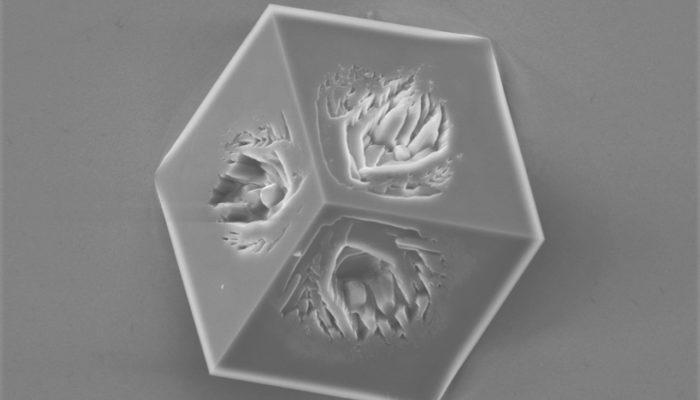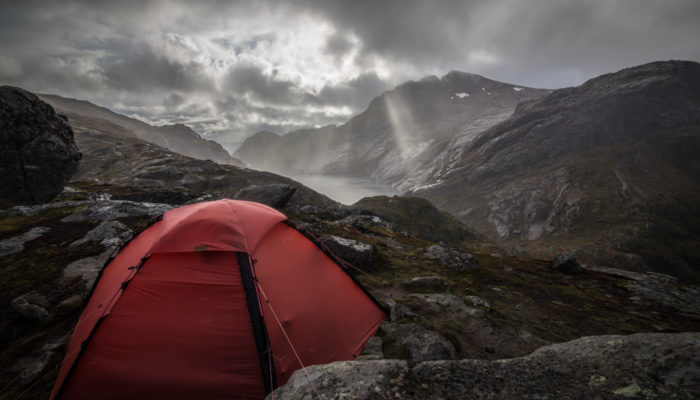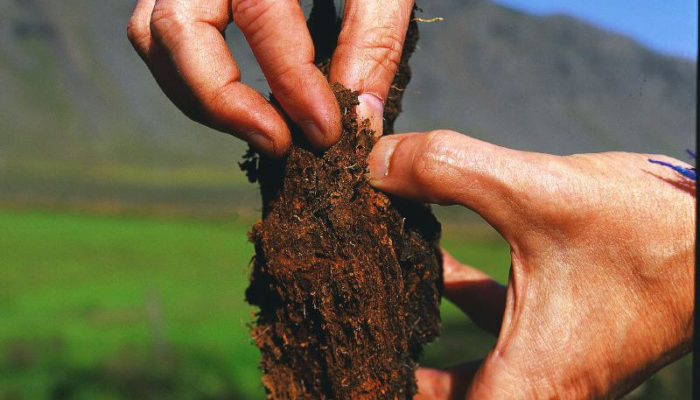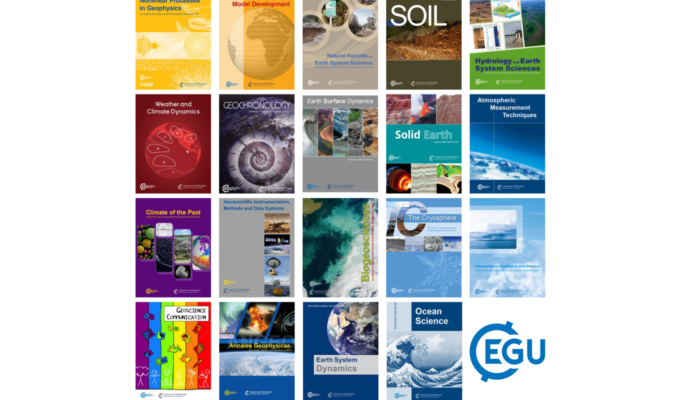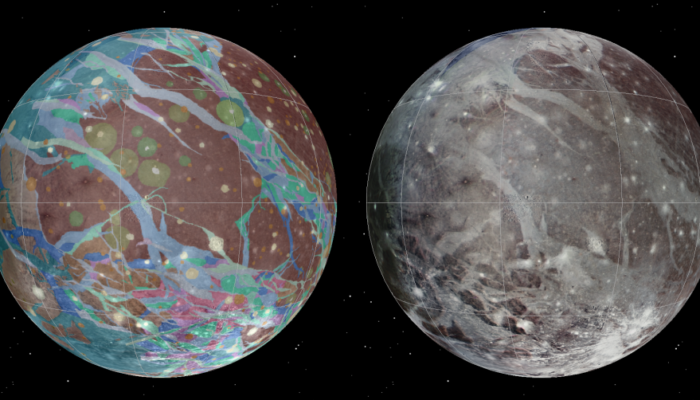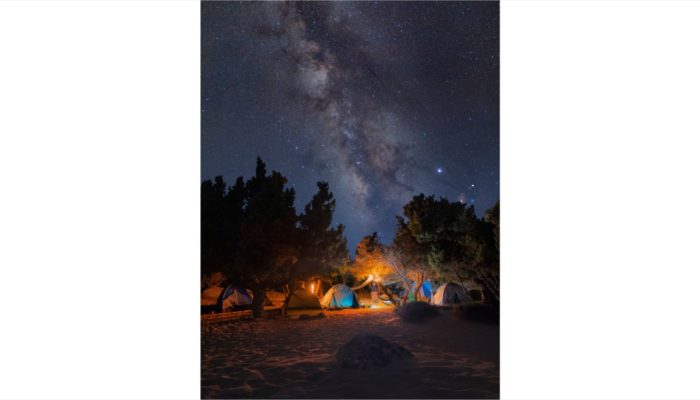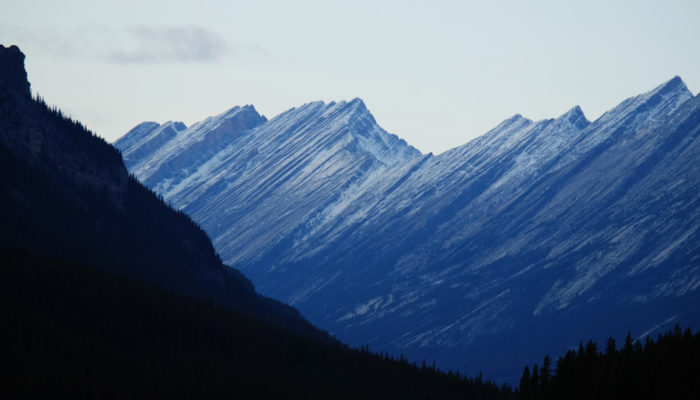This imperfect cube of calcite was formed on the gold surface during the electrochemically assisted scaling process. Once negative electrochemical potential is applied to the gold surface, the oxygen dissolved in water undergoes reduction, yielding hydroxide anions. These anions accumulate at the gold-solution interface, forming a high pH layer. As calcite becomes less soluble with the increasing ...[Read More]
GeoLog
More and more molehills – The effect of accumulated unconscious gender bias
“Who are these men?!” he says, seeming genuinely baffled. I feel my shoulders rise towards my ears with tension as I wait for him to continue. The man is summarizing what his group, comprised solely of men, have arrived at during their group-discussion at the gender equality seminar we are taking. We have been presented with, I might say, “the usual” statistics for academic women. A pr ...[Read More]
GeoLog
When nature isn’t “natural”: Reflections on World Wetlands Day
In 1821, peat cutters discovered a body similar to a mummy, pinned down by two wooden stakes deep in the mud. The body’s face still held red hair and a beard, their teeth were well preserved, and a hoop of willow was wrapped around their throat. But this wasn’t the dry, hot climate of Egypt but a cold and rain-sodden bog of Ireland. Later assessment suggested that these were the remain ...[Read More]
GeoLog
GeoRoundup: the highlights of EGU Journals published during January!
Each month we feature specific Divisions of EGU and during the monthly GeoRoundup we put the journals that publish science from those Divisions at the top of the Highlights roundup. For January, the Divisions we are featuring are: Earth and Space Science Informatics (ESSI), Planetary and Solar System Sciences (PS) and Solar-Terrestrial Sciences (ST). They are served by the journals: Annales Geophy ...[Read More]
GeoLog
Imaggeo On Monday: Blue cements in Jurassic rocks?
Staining of thin sections and rock slabs is a method of identification that has long helped researchers to distinguish certain minerals which often otherwise appeared very similar. Modern studies have now largely replaced this method of identification with more analytical techniques that usually provide a higher degree of certainty, such as analysis with a microprobe or Scanning Electron Microscop ...[Read More]
GeoLog
GeoTalk: meet Martin Archer, Space Physicist and Outreach expert!
Hi Martin. Thank you for joining me for this interview! To start, could you please tell our readers a bit about yourself and your research interests? I’m a space plasma physicist at Imperial College London, studying how the interaction between the solar wind and our magnetosphere leads to a huge amount of dynamics and waves that play a role in space weather. I’m also the Chair of EGU’s Outreach Co ...[Read More]
GeoLog
Tectonics on Ice…. learning about Jupiter’s Icy Moons and the JUICE mission.
In April this year a new mission is being launched by the European Space Agency, called JUICE, which stands for the Jupiter Icy Moons Explorer. This mission aims to make detailed observations of the giant gas planet Jupiter and its three large ocean-bearing moons – Ganymede, Callisto and Europa – with a suite of remote sensing, geophysical and in situ instruments. But beyond the excitement of a ne ...[Read More]
GeoLog
Imaggeo On Monday: One with the Cosmos
Camping under the stars is an experience that allows people to connect with the cosmos in a unique and profound way. As they set up their tents and gaze up at the night sky, they are reminded of the vastness and beauty of the universe. They can see the stars, the planets and other celestial objects, and feel a sense of awe and wonder. They are reminded that they are just a small part of something ...[Read More]
GeoLog
Imaggeo On Monday: Pantone of Blue Mountains, light scattering.
The light’s interaction with matter enables scientists to observe greenhouse gases from space, but also creates the shifting blue tones throughout the mountains that hikers travel long distances to admire! The blue shades are created by an effect called Raleigh scattering, where very small atmospheric particles between the viewer (or camera) and the mountains cause the shorter wavelength lig ...[Read More]
GeoLog
EGU Photo Competition 2023: Now open for submissions!
If you are registered for the EGU23 General Assembly (23 – 28 April), you can take part in our annual photo competition. Winners receive free registration to next year’s General Assembly! It’s that time of year again! Yes, today, the 13 January, the thirteenth annual EGU photo competition opened for submissions!! Until 31 March, every participant registered for the General Assembly can submi ...[Read More]

